SOURCE: RAUNAK KUNDE / NEWS BEAT / IDRW.ORG


A trove of hacked emails belonging to high-ranking Russian officers has unveiled sensitive information about defense contracts between Russia and India, including the controversial S-400 missile system deal. The 2018 agreement for the S-400 “Triumf” missile systems, signed during Russian President Vladimir Putin’s visit to India, was hailed as a major milestone for the Russian defense industry, valued at over $5 billion. The leaked documents provide unprecedented insights into this landmark deal.
Crucially, the documents confirm that the Indian Air Force (IAF) has acquired all four types of missiles included in the S-400 system. This comprises 96 units of the 9M96E2 with a range of 80-120 km, 24 units of the 48N6E2 with a range of 200-220 km, 24 units of the 48N6E3 with a range of 220-240 km, and 24 units of the 40N6E with a range of 380-400 km. The latter is the longest-range interceptor missile in the S-400 family.
Continue readingSOURCE: RAUNAK KUNDE / NEWS BEAT / IDRW.ORG


India’s Bharat Dynamics Limited (BDL) is embarking on a project to enhance the capabilities of the Indian Air Force (IAF). The company has begun work on an improved version of the existing Long Range Glide Bomb (LRGB), a 500kg inertially guided bomb.
Designated MkII, 500kg inertially guided bomb will incorporate a newly designed wing kit assembly. This modification is expected to extend the operational range of the bomb beyond the current 30+ kilometres.
Continue readingSOURCE: IDRW.ORG TEAM


Advanced Weapon Equipment India Limited (AWEIL) is set to significantly bolster the Indian Army’s artillery capabilities with the delivery of 200 upgraded Sharang cannons within the next two years. This substantial order, valued at Rs 6000 crore, underscores AWEIL’s growing stature as a key player in India’s defense manufacturing landscape.
The Sharang, an indigenous upgrade of the 130mm M-46 artillery gun to a 155mm/45 caliber platform, represents a significant leap forward in artillery technology. The enhanced range of over 36 kilometers, compared to the original 27 kilometers, coupled with increased explosive capability, provides the Indian Army with a potent weapon system capable of neutralizing a wider array of targets.
Continue readingSOURCE: IDRW.ORG


India is significantly increasing its efforts to train military personnel from abroad, aiming to bolster defense partnerships with a range of “friendly foreign countries.” This initiative involves providing training to cadets and military officials from nations in the Gulf region, Southeast Asia (ASEAN), and Africa, in addition to India’s immediate neighbors.
The Indian Army spearheads this program, currently training over 3,100 foreign personnel annually from more than 100 countries. Africa holds a significant share of these trainees, with approximately 450 participants each year. The Army offers specialized training programs at various institutions, including the Counterinsurgency and Jungle Warfare School located in Vairengte, Mizoram.
Continue readingSOURCE: RAUNAK KUNDE / NEWS BEAT / IDRW.ORG

The Indian Army is poised to take a significant step towards modernization with the upcoming issuance of a Request for Proposal (RFP) for over 1,750 Futuristic Infantry Combat Vehicles (FICVs) later this year. This follows a Request for Information (RFI) issued in June 2021, outlining the requirements for these indigenously developed armoured vehicles.
The FICV program, approved by the Defence Acquisition Council (DAC) in 2023, aims to replace the ageing fleet of Soviet-era BMP-1 and BMP-2 infantry combat vehicles. These new FICVs will provide a substantial boost to the Indian Army’s capabilities.
Continue readingSOURCE: RAUNAK KUNDE / NEWS BEAT / IDRW.ORG
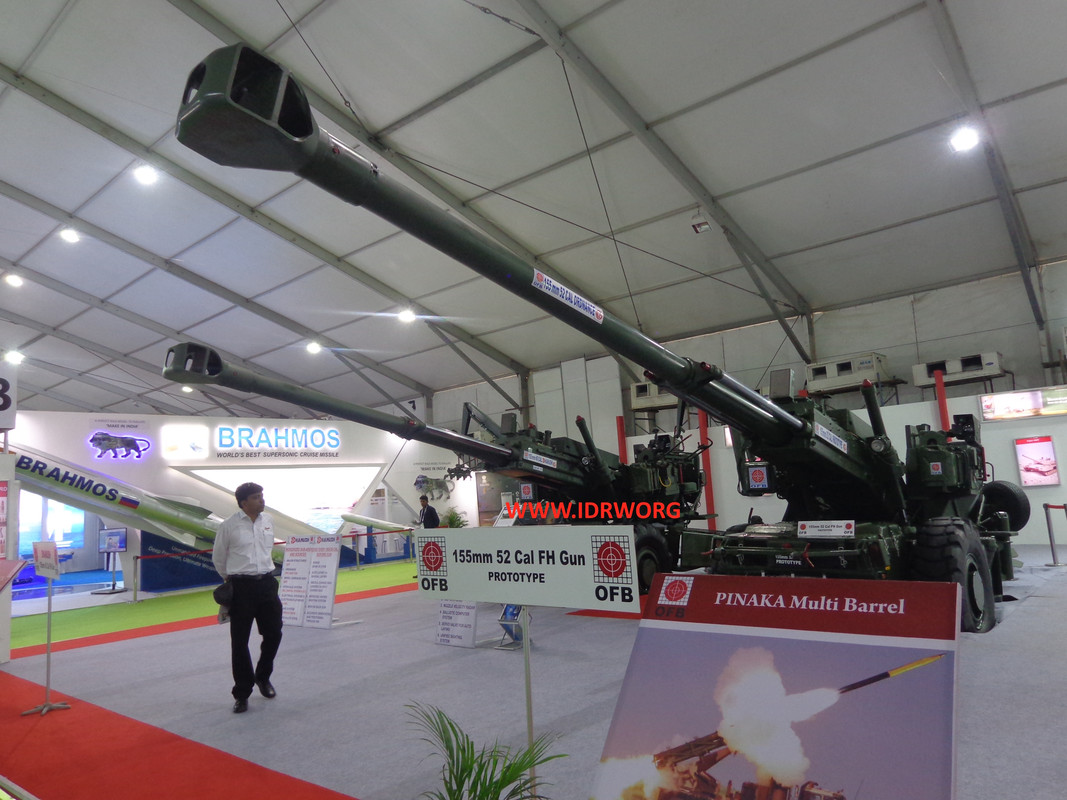

Advanced Weapon Equipment India Limited (AWEIL) is set to significantly ramp up production and delivery of the indigenously developed Dhanush 155mm/45 caliber howitzer to the Indian Army. As part of a larger 114-gun order, the company is committed to handing over an additional 48 Dhanush guns by the end of March 2025.
This development marks a crucial milestone in the Indian Army’s modernization efforts. The Dhanush, an upgraded version of the renowned Bofors howitzer, has undergone rigorous testing and refinement to address initial quality concerns. AWEIL has already delivered 32 Dhanush guns to the Army, with the first batch of six guns inducted in 2019.
Continue readingSOURCE: RAUNAK KUNDE / NEWS BEAT / IDRW.ORG

India’s Defence Research and Development Organisation (DRDO) is making strides to bolster the country’s air defence capabilities. While the development of the VSHORADS (Very Short Range Air Defence System) progresses, DRDO has begun assembling the MPDMS, a more portable variant.
The VSHORADS, designed by DRDO’s Research Centre Imarat (RCI) in collaboration with other Indian labs and industry partners, is a significant achievement. This indigenous Man-Portable Air Defence System offers a 7km range and weighs around 20kg (without the tripod) with a length of 2 meters and a diameter of 90mm. While effective, its size and weight limit easy soldier manoeuvrability.
Continue readingSOURCE: IDRW.ORG TEAM
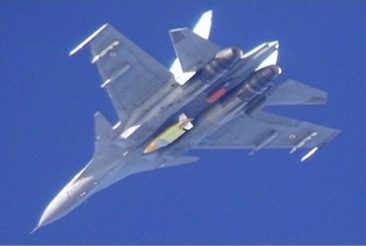

The Armament Research and Development Establishment (ARDE) has initiated an open tender process to select two Design and Development Partners (DcPPs) for the development of a 1000kg General Purpose (GP) bomb. This crucial project aims to enhance the Indian Armed Forces’ capabilities.
Multiple prominent defense and industrial entities have responded to ARDE’s call for proposals, submitting their techno-commercial bids along with the requisite Earnest Money Deposit (EMD) and registration certificates.
Continue readingSOURCE: IDRW.ORG
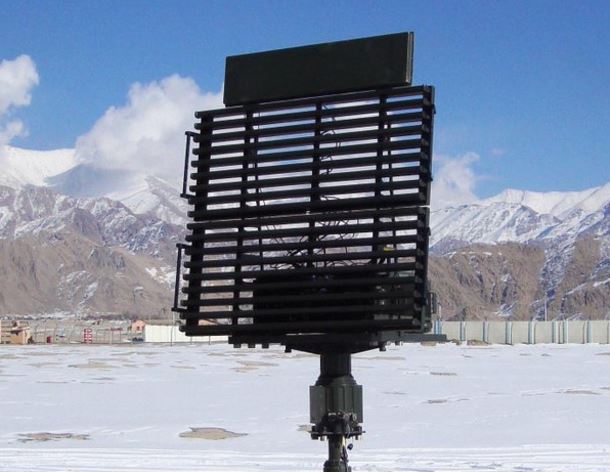

The Ministry of Defence, Government of India, has announced its intention to procure a state-of-the-art, man-portable, and compact Light Weight Passive Detection & Counter Measure System (LWPD-CMS). This advanced system aims to enhance the Indian Army’s capabilities in detecting, classifying, and countering various UAV threats, particularly in light of recent conflicts that have demonstrated the effectiveness of UAVs, UCAVs, loitering munitions, and commercial drones.
The Indian Army plans to integrate between 30 and 50 units of the LWPD-CMS with its existing 3D Tactical Control Radars (TCR) and Low-Level Light Weight Radars (LLLWR) to boost their operational capability and survivability. The Ministry invites companies, firms, and vendors to submit detailed information about their products that meet or exceed the specified parameters.
Continue readingSOURCE: RAUNAK KUNDE / NEWS BEAT / IDRW.ORG


India’s formidable Sukhoi-30MKI fleet is set for a significant upgrade as the Ministry of Defence is poised to give the final green light to a comprehensive modernization program. This ambitious project aims to equip the aircraft with cutting-edge indigenous systems, dramatically enhancing its combat capabilities.
Key areas slated for improvement include the radar, mission computer, electronic warfare suite, cockpit layout, and weapons systems. The upgrade will see the integration of advanced Indian-made components, marking a significant step towards self-reliance in the defense sector.
Continue readingSOURCE: RAUNAK KUNDE / NEWS BEAT / IDRW.ORG
T80J.jpg)

Ashish Rajvanshi, CEO of Adani Defence & Aerospace, has confirmed the ongoing development and testing phase of the RudraM-II air-to-surface missile. On May 29, 2024, at approximately 1130 hours, the missile underwent a successful flight test from the Su-30 MK-I platform of the Indian Air Force (IAF) off the coast of Odisha. Rajvanshi further revealed that additional drop trials are scheduled over the next six months, with the missile expected to be ready for serial production by mid-2025.
The RudraM-II represents a significant advancement in India’s defense capabilities, being an indigenously-developed missile system designed for air-to-surface operations. The missile is powered by solid propulsion and is intended to neutralize a variety of enemy assets, enhancing the operational flexibility and firepower of the IAF.
Continue readingSOURCE: RAUNAK KUNDE / NEWS BEAT / IDRW.ORG


Bharat Electronics Limited (BEL), Hyderabad, is taking a significant leap forward in Electronic Intelligence (ELINT) systems with the development of a drone-based ELINT system. This prototype system marks an important step in bolstering India’s electronic warfare capabilities.
BEL has finalized the system specifications and procured hardware for the ELINT payload for a drone-based system. This initial prototype operates in the 2-18 GHz frequency range. While the current prototype covers a specific range, there’s immense potential for further research and development (R&D) in this domain. The envisioned operational spectrum encompasses a much wider range, from 0.175 GHz to 40 GHz.
Continue readingSOURCE: IDRW.ORG TEAM
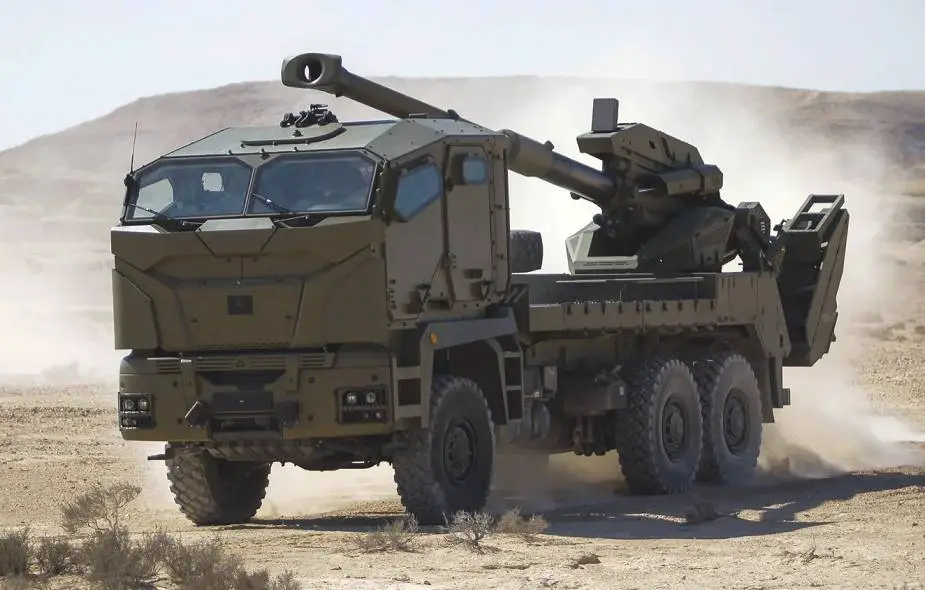

The Indian Army is gearing up for a crucial phase in its modernization drive as the much-anticipated Mounted Gun System (MGS) project moves closer to user trials. After issuing a Request for Proposal (RFP), the Army is currently meticulously evaluating the bids submitted by various domestic defense giants for this substantial order of 814 MGS.
Leading the pack is Kalyani Strategic Systems Limited, which has proposed a 155/52 MGS based on the successful Advanced Towed Artillery Gun System (ATAGS). This indigenously developed platform has already demonstrated its capabilities and is now set to undergo rigorous user trials to prove its mettle in the mounted configuration.
Continue readingSOURCE: IDRW.ORG
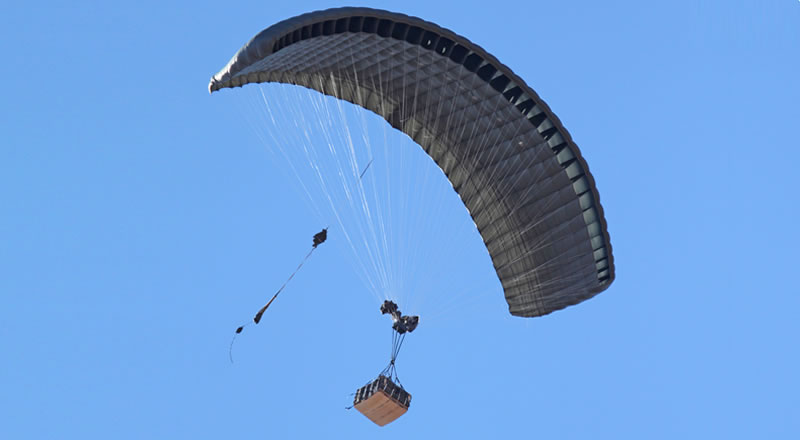

The Ordnance Parachute Factory (OPF) in Kanpur, a unit under Gliders India Limited (GIL), is gearing up for a groundbreaking project – the production of India’s first GPS-equipped guided supply drop parachutes. This innovation mirrors the precision guidance technology used in missiles, but adapted for delivering critical military supplies.
The new GPS-guided parachutes will revolutionize the way the Indian Army delivers supplies to remote or inaccessible locations. With the capability to handle loads up to one ton, these parachutes will ensure pinpoint delivery of essential equipment to troops on the ground.
Continue readingSOURCE: RAUNAK KUNDE / NEWS BEAT / IDRW.ORG
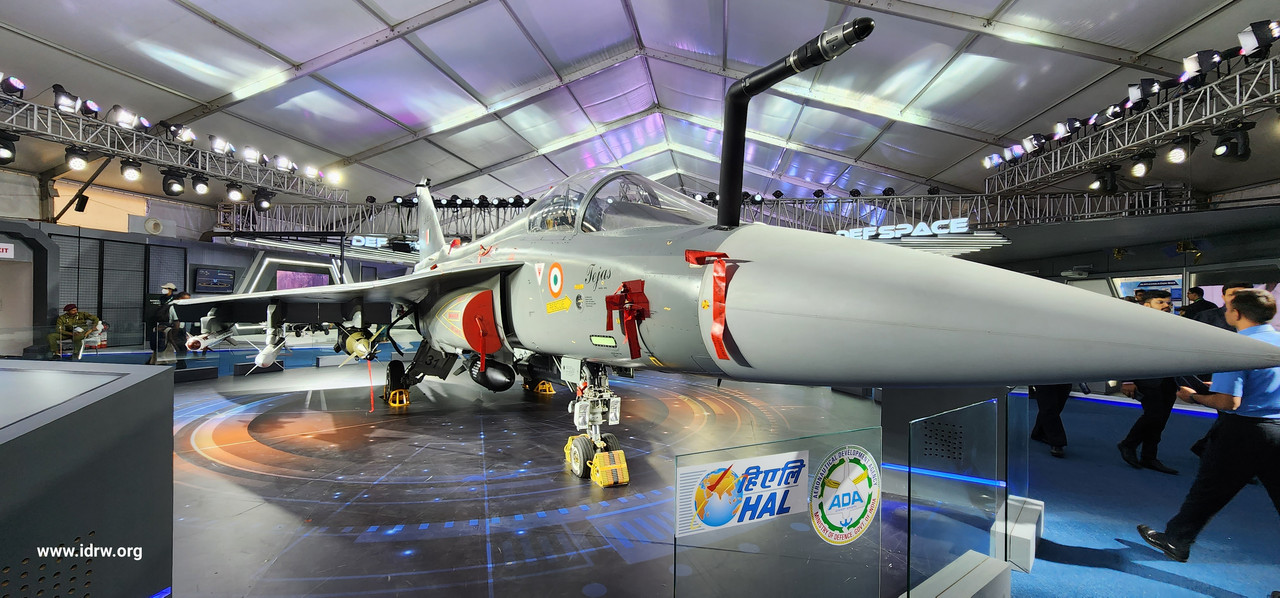

The Indian Air Force (IAF) is poised to make a significant stride with the deployment of its first Tejas Mk1A squadron later this year. This indigenous fighter jet is set to be stationed at Nal Air Force Station in Bikaner, Rajasthan, placing it strategically close to the Pakistan border by the end of 2024.
The initial plan involved upgrading existing Tejas Mk1 squadrons (45 Squadron and 18 Squadron) stationed at Sulur, Tamil Nadu. However, the IAF’s recent decision to procure an additional 97 Tejas Mk1A jets, surpassing the original 73 ordered in 2021, has shifted priorities. Upgrading older Mk1s might not be as carried out anymore said people familiar with the development to idrw.org.
Continue reading